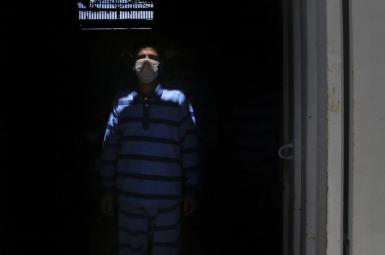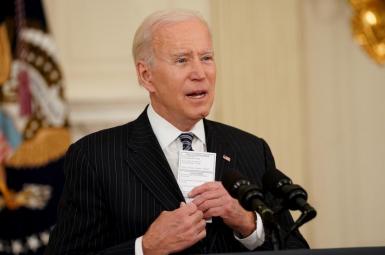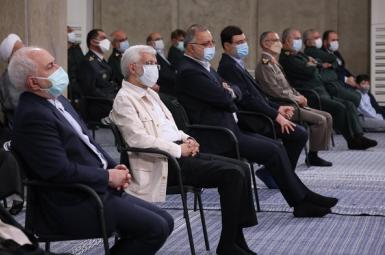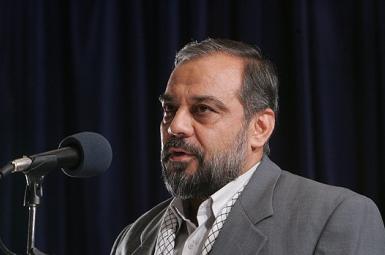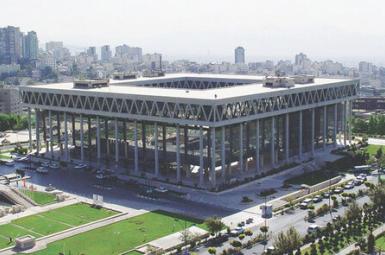
The Fate of Serial Assassinations in Iran
Twenty years after the politically motivated serial assassinations (AKA chain murders in Iran) in 1998, there are many questions unanswered to the Iranian public. One of the most important questions is whether justice was served in the investigation of these murders. Did all the perpetrators and decision makers of the murders face fair trial? And were all aspects of the murders uncovered for the public?
Although not much information is available regarding these murders, it is easy to look at the leaked information and infer that some of the high ranking political officials in Iran decided to remove several influential intellectuals in the 1990s. They sought Islamic Fatwa from clerics for the murders to make them religiously compelling. Thus, it is certain that three groups were involved in these murders: First, the Fatwa issuers; second, the decision makers; third, the perpetrators. Existing information shows that the first group was not inside the government, but the second and third groups held positions at security agencies at the time.
The ministry of intelligence, as the organization responsible for these murders, finally admitted to committing them; however, it tried to imply that only a bunch of rogue elements carried them out. From a legal point of view, it would not change the punishment for murder if it was committed by rogue operatives. The judiciary is supposed to conduct a thorough investigation and uncover all angles of the crime.
In the case of the chain murders, no investigation was done about the role of the Fatwa issuers, who have great influence on the political system. It is despite the fact that the perpetrators talked about the Fatwas in their confessions, which, as they claimed, convinced them to commit the murders. The investigation about the role of the second group, the masterminds and decision makers, was done in a selective and incomplete way which failed to find who ordered these murders. Among the alleged perpetrators, a few of them faced trial in some court sessions closed to the public, without the presence of even the victims’ families and their lawyers. They were sentenced to death penalty or imprisonment, but in the end, it turned out that none of the sentences were executed in reality.
Besides, Saeed Emami’s death in prison is still unclear. Saeed Emami was the deputy minister for intelligence who had overseen the murders. Considering the secrecy by the regime about this case, it is obvious that the judiciary and the other relevant departments were complicit and did not want to carry out a real investigation into the murders.
It is important to take heed on the difference between these murders and other crimes, as they were committed with pure political motives and by the state. So, justice would be served if in addition to the responsible individuals, the assassination machine within the system was eliminated. According to some suspects in the case, killing of political dissidents was a routine in the intelligence organizations and they were shocked that they had been arrested this time. Shirin Ebadi, the attorney for the victims’ families, said that hundreds of dissidents had been murdered by order of the ministry of intelligence and preparators had been rewarded at times for the execution of these murders.
Therefore, it is reasonable to conclude that the killing of political dissidents was an organized and persistent practice in the Islamic Republic of Iran. Based on such statements, the judiciary has never had the intention to investigate these murders, and other officials also did not try to dismantle this assassination machine within the system. All the decision makers and the perpetrators of the murders are now free in the society. The judiciary has lost its integrity and independence, moreover, it acts as a complicit in these murders by the security agencies. This is the inescapable legal conclusion that one can make of this whole case. The judiciary proved in this case that it has never pursued justice and acted as a proxy for the intelligence agencies. The judiciary has gone further recently and appointed Mohseni Eje’i as its spokesperson, a person whose name was all over the chain murders case. Is it possible at all to trust such a system for the administration of justice?



